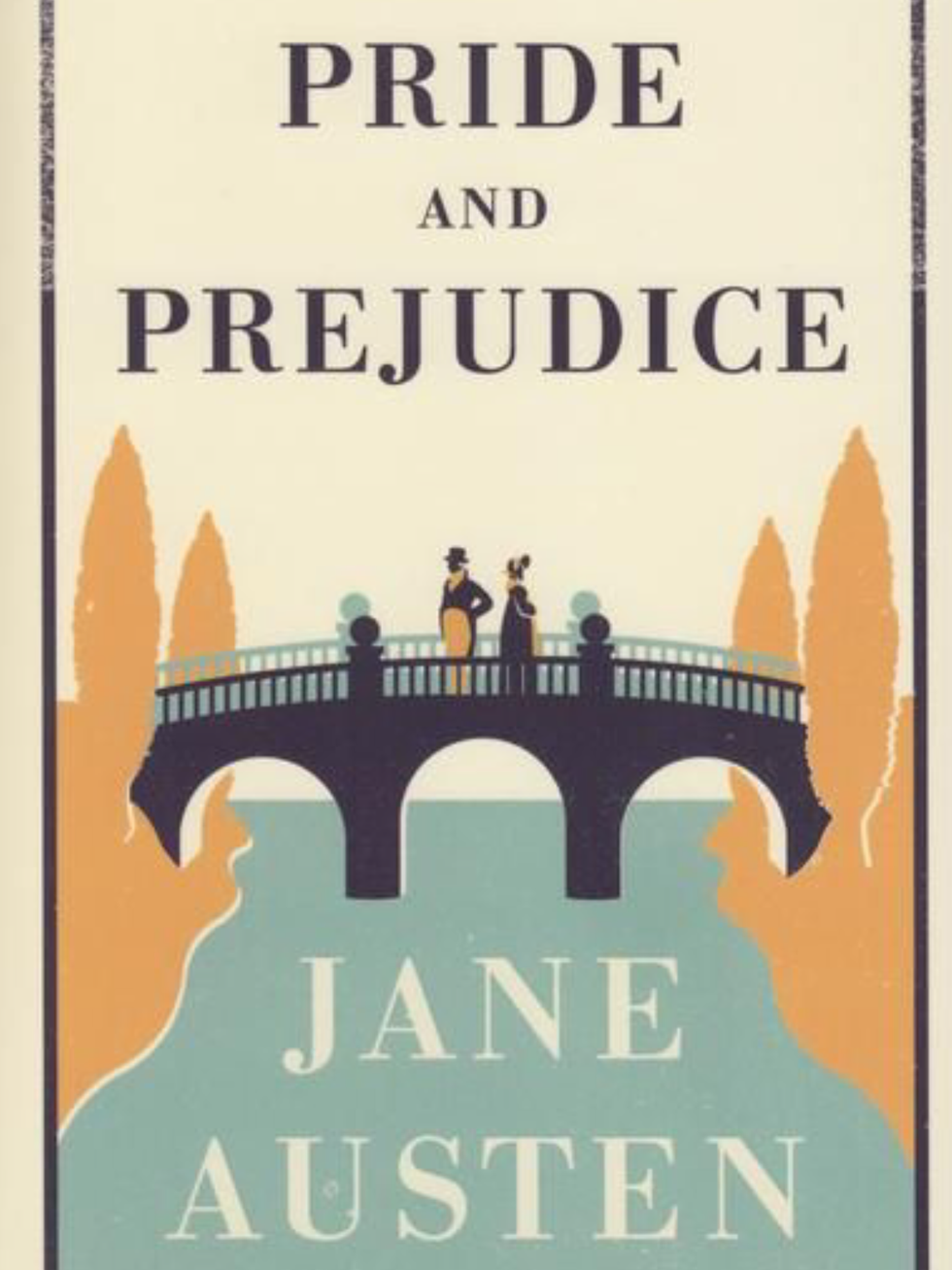Pride and Prejudice is “neither harmlessly decorative nor picturesquely provincial” (Austen ix), and is quite mesmerizing through the elegantly direct thoughts and actions of Elizabeth. Initially, the dialect and tone were challenging to comprehend. However, Austen’s writing enraptured me as I progressed through the story. The plot was beautiful to the effect that it was a blossoming novel or a storyline that expands on itself. The use of irony and satire was widely successful. It allowed for a deeper insight into every character based on the reactions of a single character that everything seemed to center around.
The revelation occurred to me about halfway through that the book exemplifies shortcomings and faults that people struggle within society then and now. Instead of merely explaining these issues though, each is embodied by a character. It is revealed that Mr. Darcy represented “pride and insolence” (Austen 192) and Elizabeth displayed circumstantial prejudice. Together they are pride and prejudice, but each lets the other in on insight that alters their perspective. Relationships are highlighted in the story. While giving her intellectual opinion on other persons, Elizabeth realizes that she had “not known the extent” (Austen 193) of the kindness of others because she had been too consumed in only the parts she found fault in.
Some of my enjoyment from the story was derived from my relatability with Elizabeth. She has a wild and free spirit but is sensible enough to know when to display proper manners and geniality. It is a rarity of the 19th century to have a woman behave like she. Her sisters and friends wished to marry a man based on his status and money, while Elizabeth desired real love and a clear connection between the two parties. Her rejection of several proposals and possible suitors displayed her steadfast romantic soul. Even though Elizabeth had analogous opinions of her own, the text remained thought consuming. I would most definitely recommend Pride and Prejudice if you are searching for a different perspective on the world and psychology of the person, especially male. The plot was at a rather advanced level, so I would only recommend it to a peer that has a hefty amount of free time and is willing to analyze the text to get the full experience. I was faced with a myriad of adversities with timing and incomprehension of analogies but reconciled these issues by reading it aloud to better comprehend the meanings and using a dictionary. It was also compelling to relate Pride and Prejudice with To Kill A Mockingbird because both of them retained themes of preconception and acrimony. However, Austen’s novel appears on seemingly more jovial terms.
I feel that the letters sent to Elizabeth were strategically written by Austen to provide insight into the characters’ private lives, who’s demeanor without these might lack development. Mr. Darcy writes solely about material that both him and Elizabeth “have been concerned together” (Austen 191), while Mr. Collins’ letter gravitates around himself. His pomposity and egoism give him the impression that it is his “duty to promote and establish” (Austen 141), the happiness of others simply because he bears the title of “clergyman.”
Upon reflection, Pride and Prejudice remains so timeless simply because it has stood the test of time. The most intriguing writing draws your attention because the opinions and ruminations of life remain engaging and accessible. Reading Jane Austen come to life through her leading lady, Elizabeth, only strengthens the connection I felt to the story and really allowed it to animate itself without the use of the movie. The sequel, Sense and Sensibility, is quite definitely on the docket as well as watching the cinematic interpretation.

















